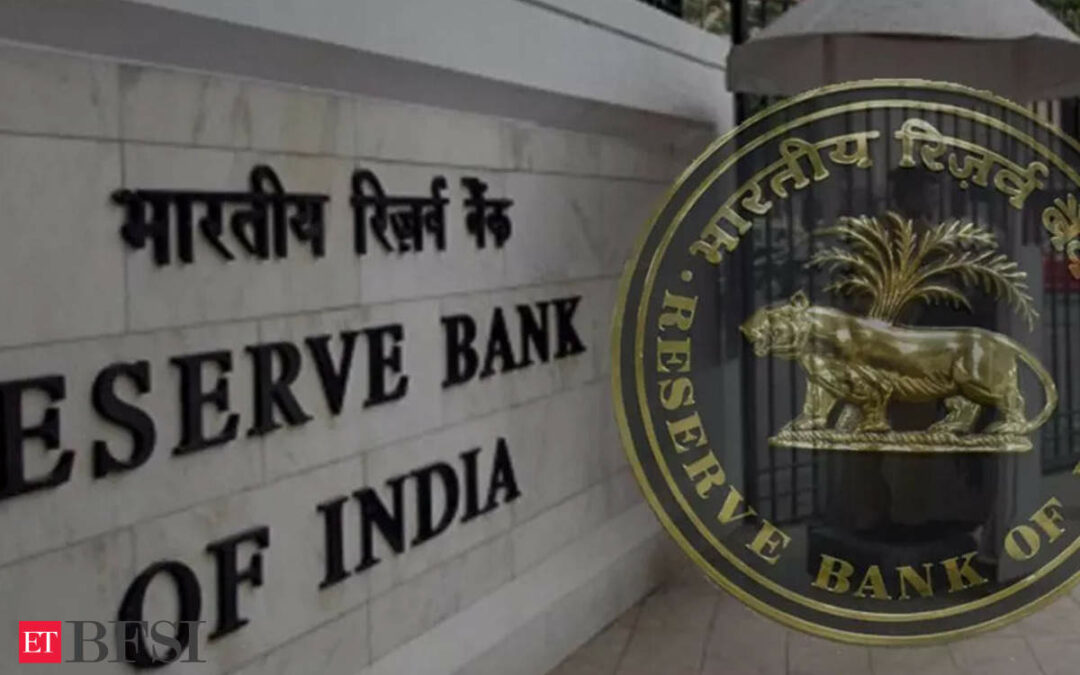The Reserve Bank of India (RBI) has sought to prevent potentially inflation-stoking banking system liquidity enhancement through deft currency and bond market interventions, with foreign inflows into local sovereign debt quickening after the country’s inclusion in a globally tracked JP Morgan index.
With rates on annualised dollar-rupee forward premia jumping after index inclusion occurred on June 28, foreign exchange traders sense the RBI’s hand in the market along with other recent triggers such as a widening rate differential with the US and actions by importers and exporters.
“One-year forwards have moved from 1.60% to 1.75% recently which also suggests some action happening in the forwards market apart from importers and oil demand,” said Kunal Sodhani, vice-president, Shinhan Bank.
RBI data showed that last week, the central bank net sold government bonds through screen-based operations for the first time in eight months. The RBI net sold government bonds worth ₹3,405 crore in the week ended July 14, taking out that much cash from banks which bought the securities from the central bank.
Both the steps, part of the RBI’s formidable arsenal for liquidity management, drain out excess funds from the banking system. Activities in the forwards market are part of the textbook approach by the RBI when it comes to neutralising the impact of foreign exchange flows.
“There have been huge inflows in India after the JP Morgan inclusion. RBI has been doing sell-buy swaps in the forwards market to absorb these inflows, thus squeezing the liquidity and also increasing the forward premiums. The annualized premiums, which were last at 1.76%, have risen almost 15 bps since June 28, 2024,” said Anil Kumar Bhansali, head of treasury, Finrex Treasury Advisors.
With foreign investment in fully accessible Indian government bonds increasing by around $1.5 billion since index inclusion, the RBI has been absorbing some of the dollar flows to rein in any appreciation in the rupee. However, dollar purchases by the RBI inject rupee liquidity into the banking system – which is not something the central bank may want beyond a point when its stance of monetary policy is withdrawal of accommodation.
In a sell-buy swap operation, the RBI sells dollars immediately while contracting to buy them back at a future date. This reduces rupee liquidity for the tenure of the swap, while pushing up forward premia due to the demand for dollars in the buy leg of the transaction.
“Maybe RBI is doing that because at a lower level, the RBI was buying dollars in the spot market which is evident from the rise in the FX reserves,” said Anindya Banerjee, head of research, currency and commodity derivatives at Kotak Securities.











